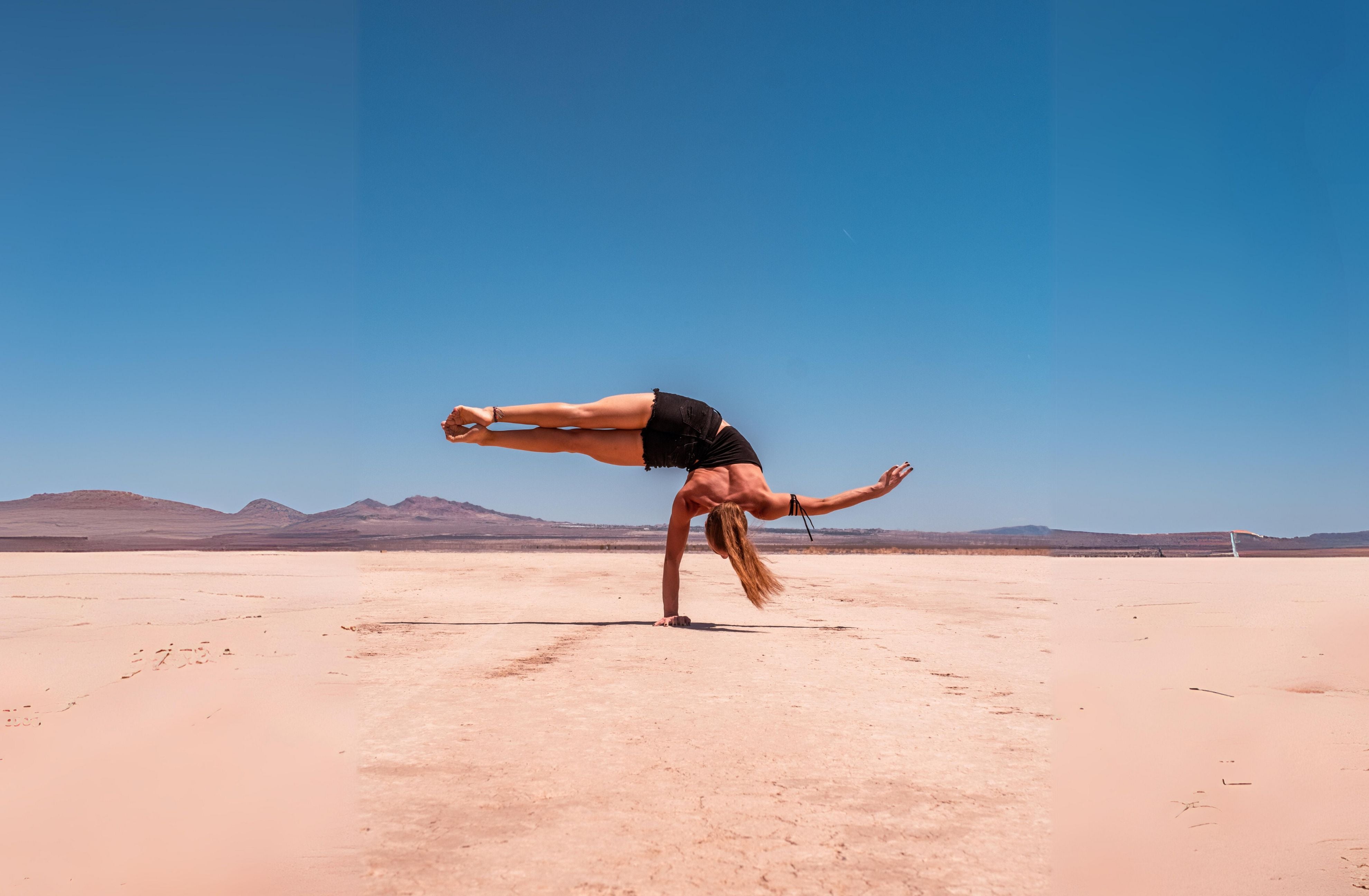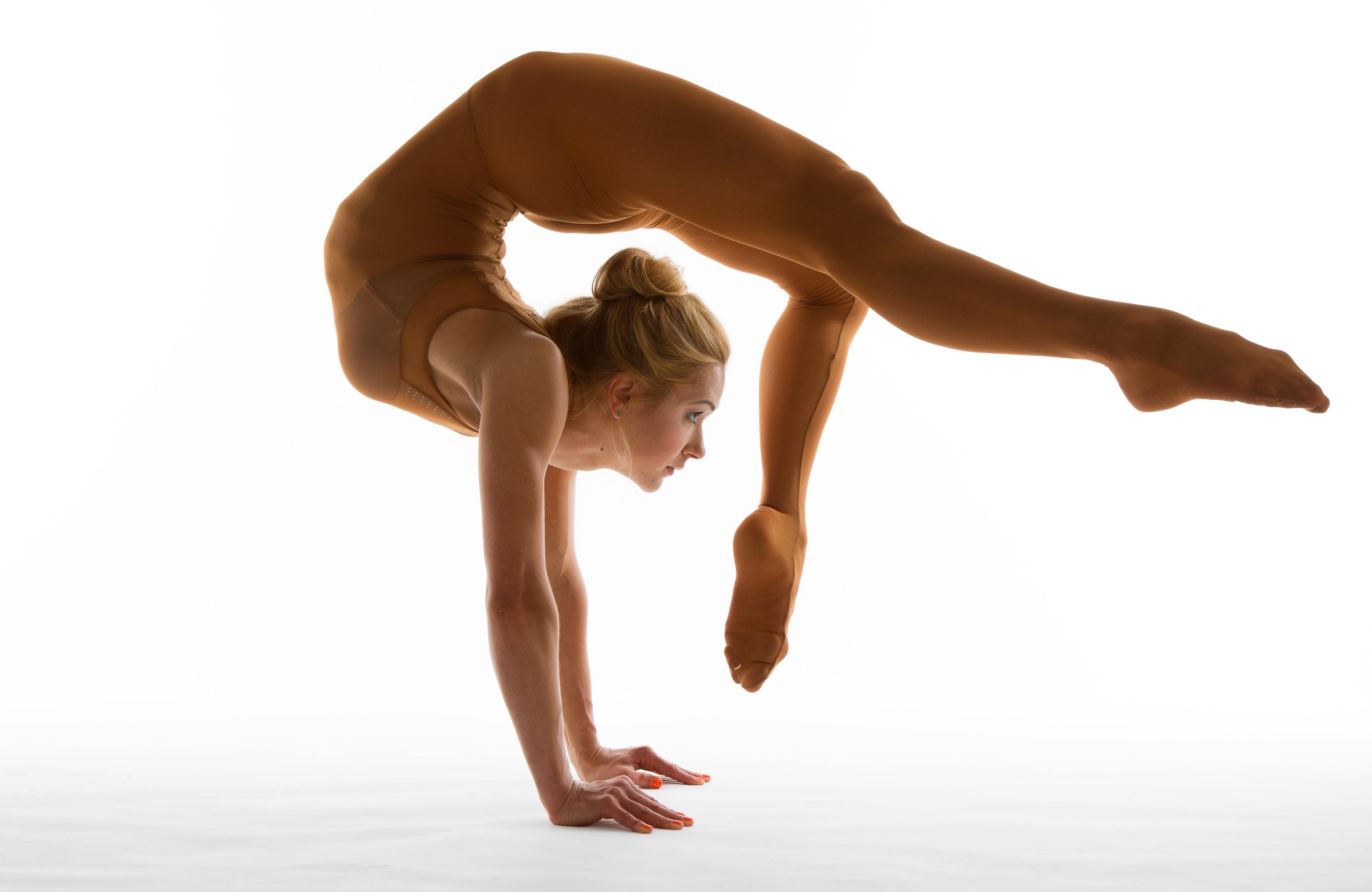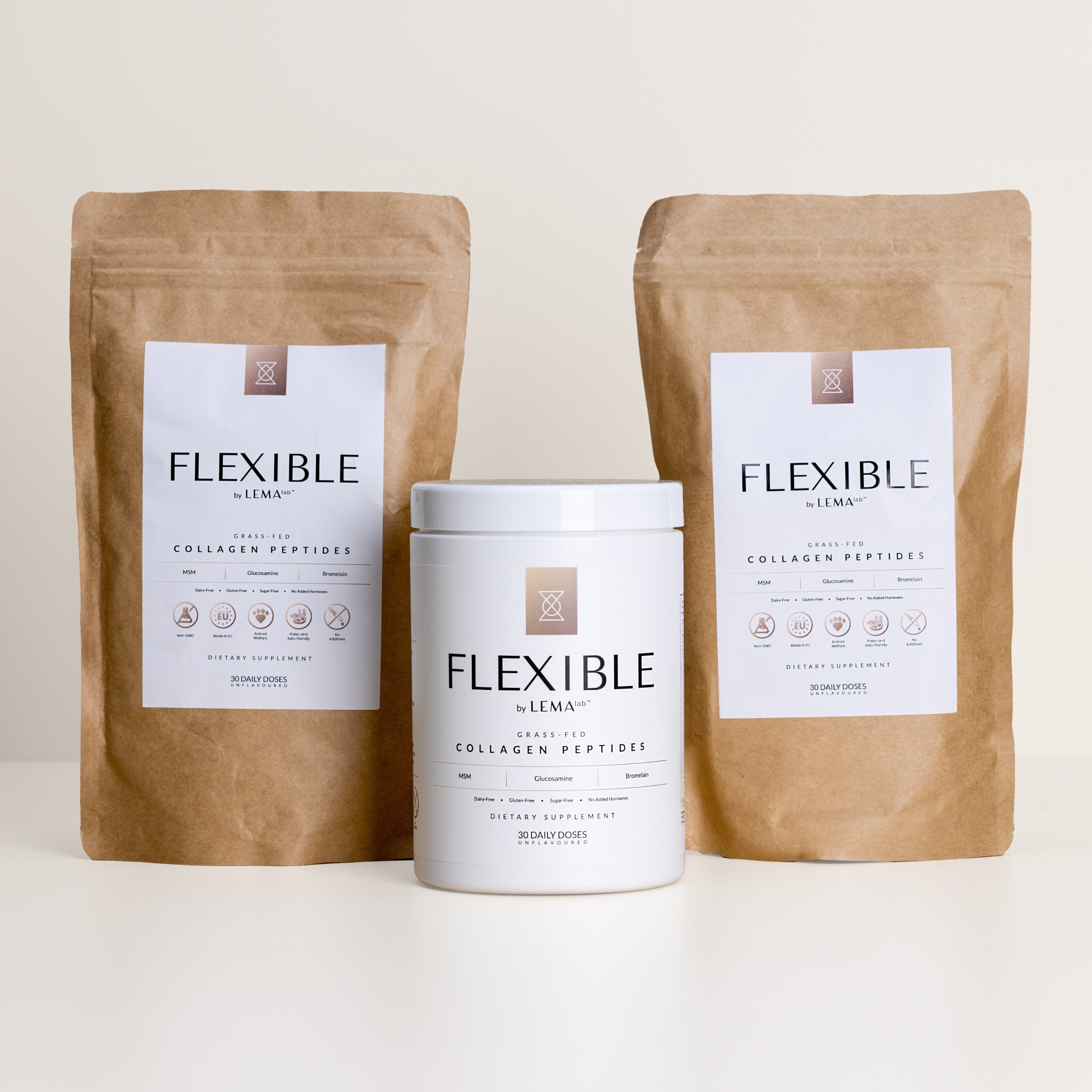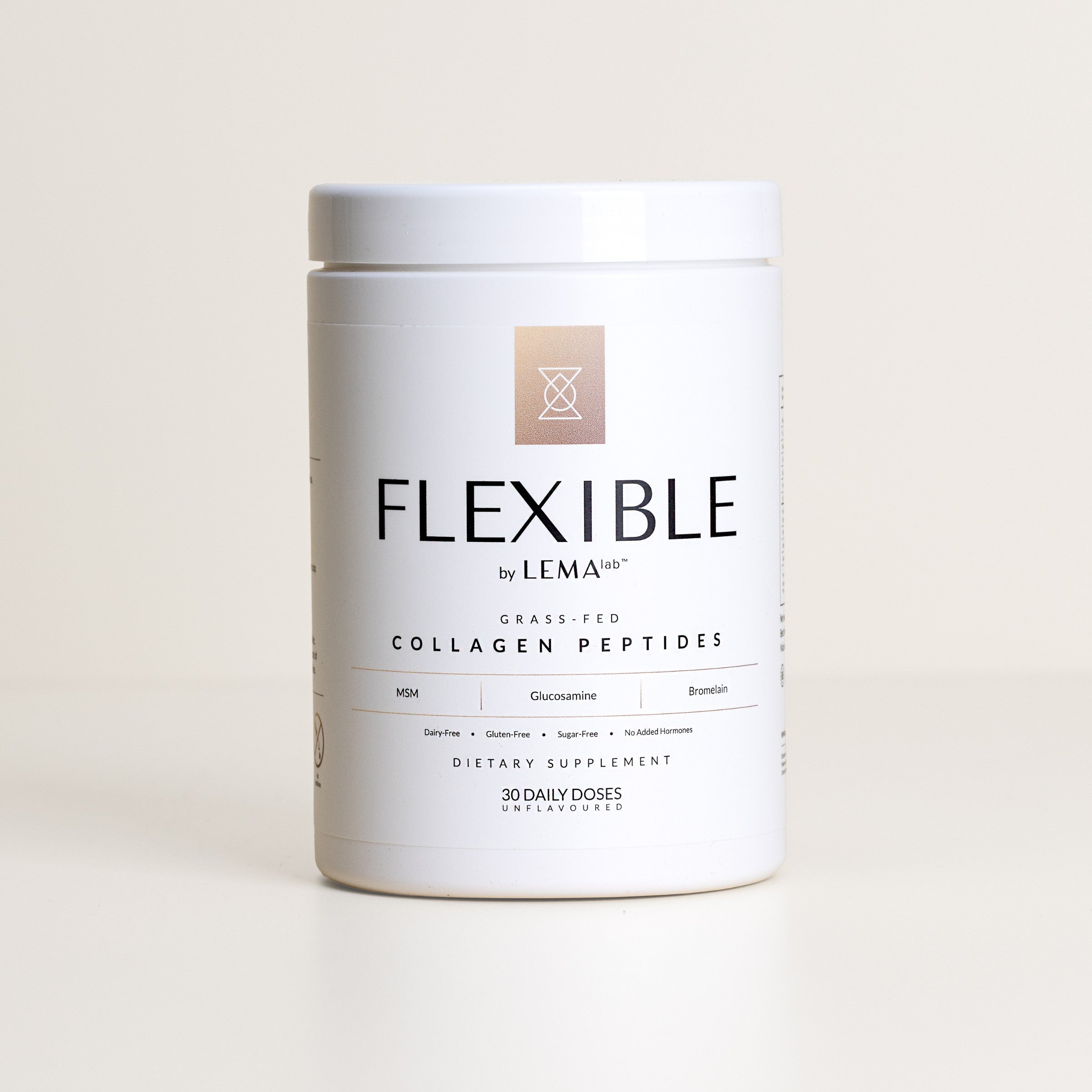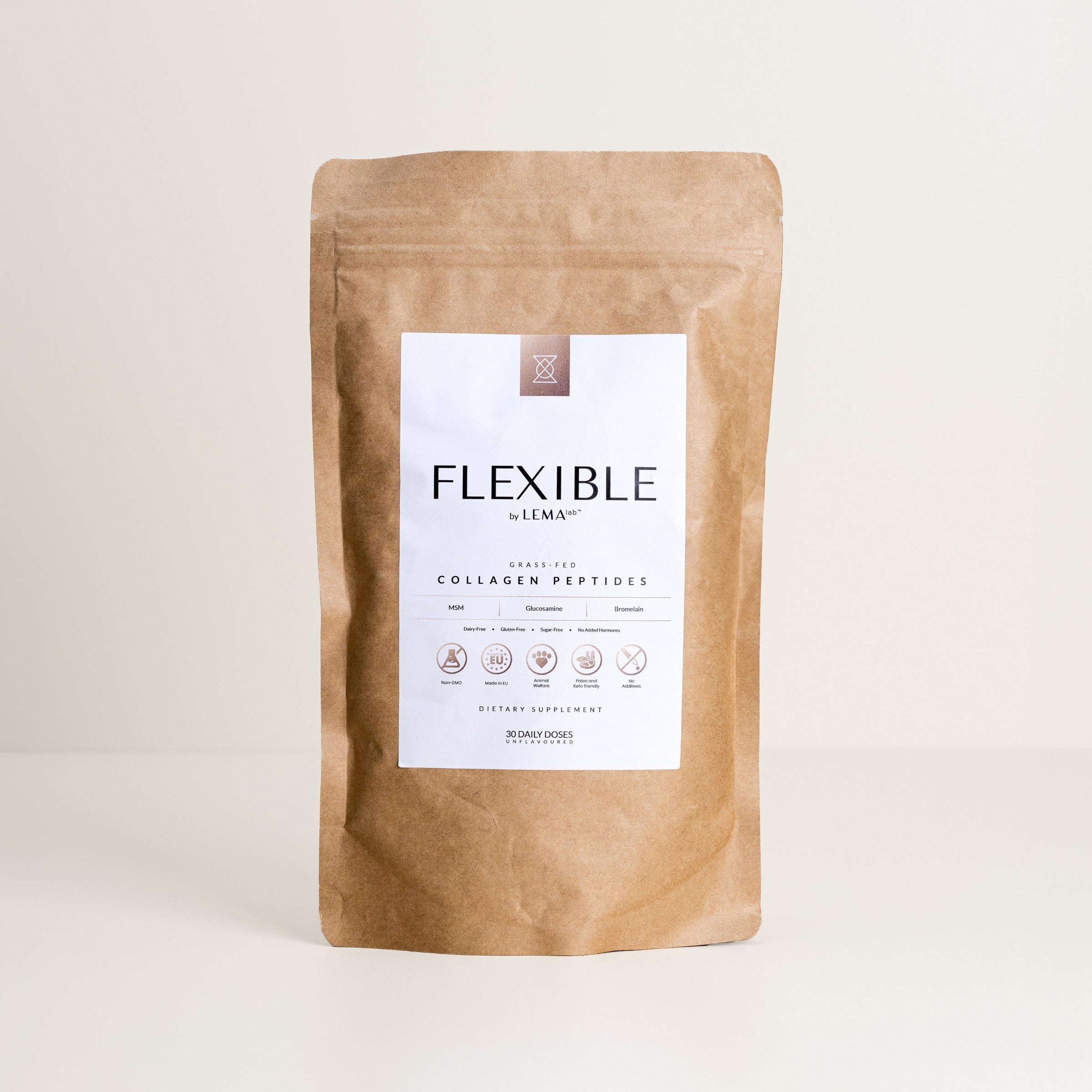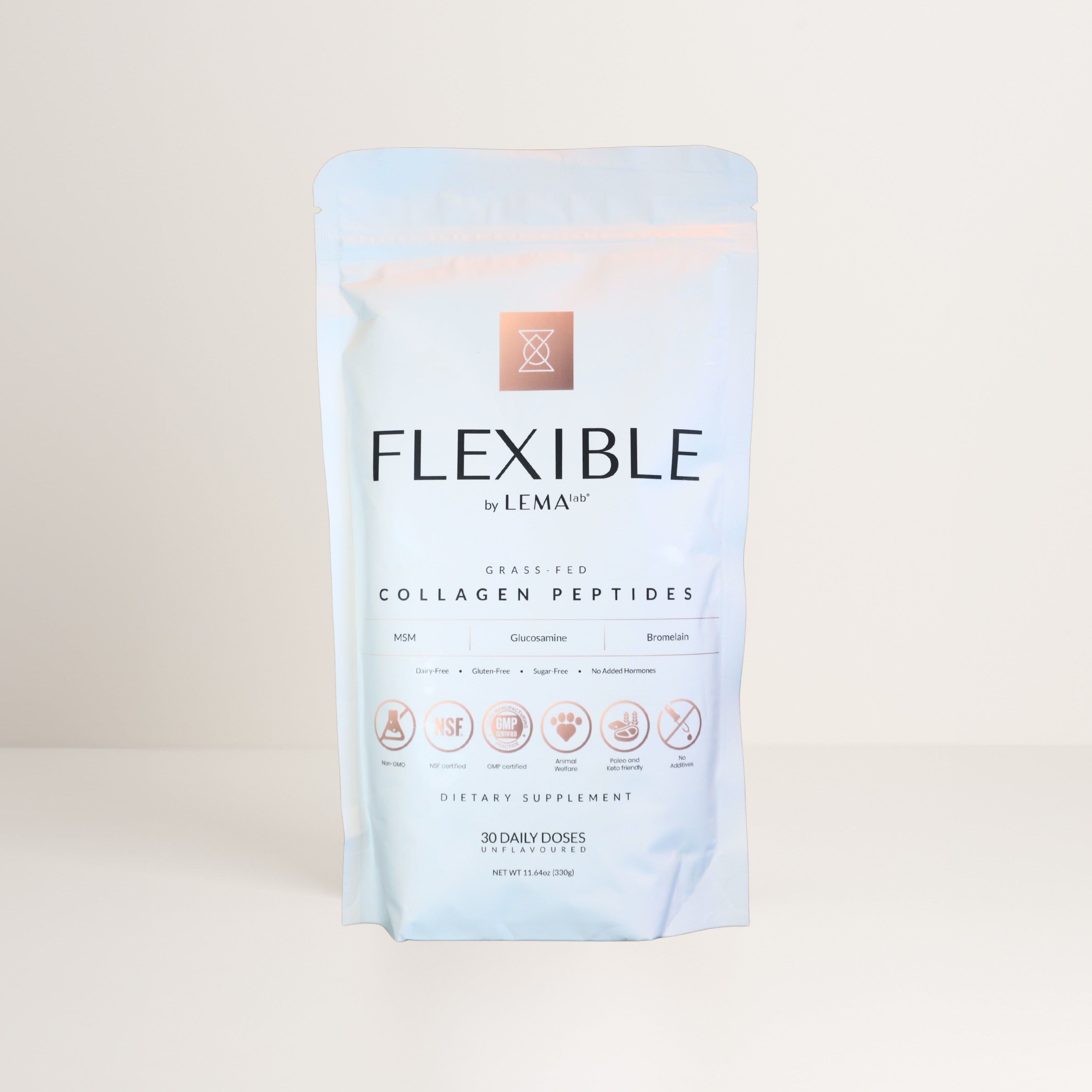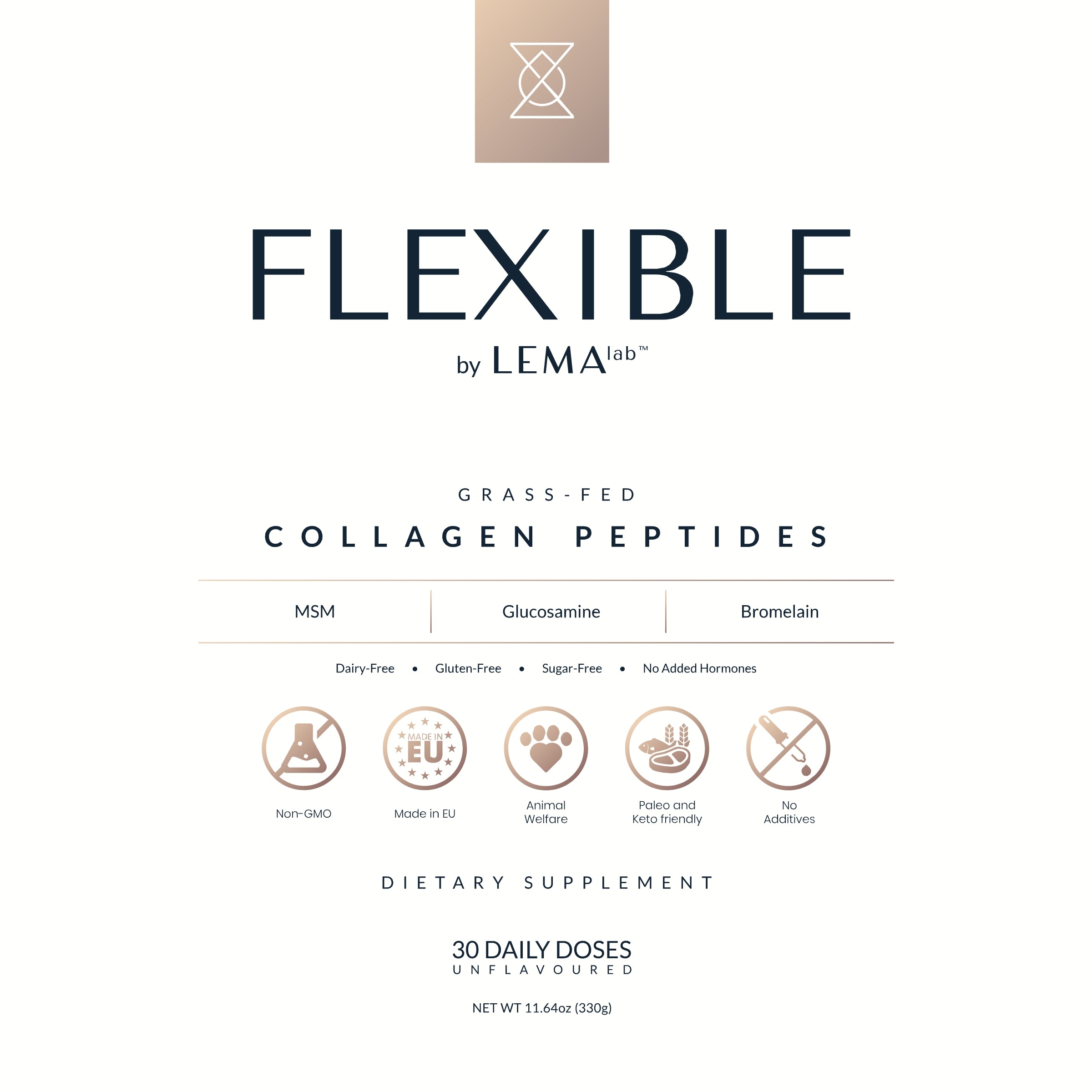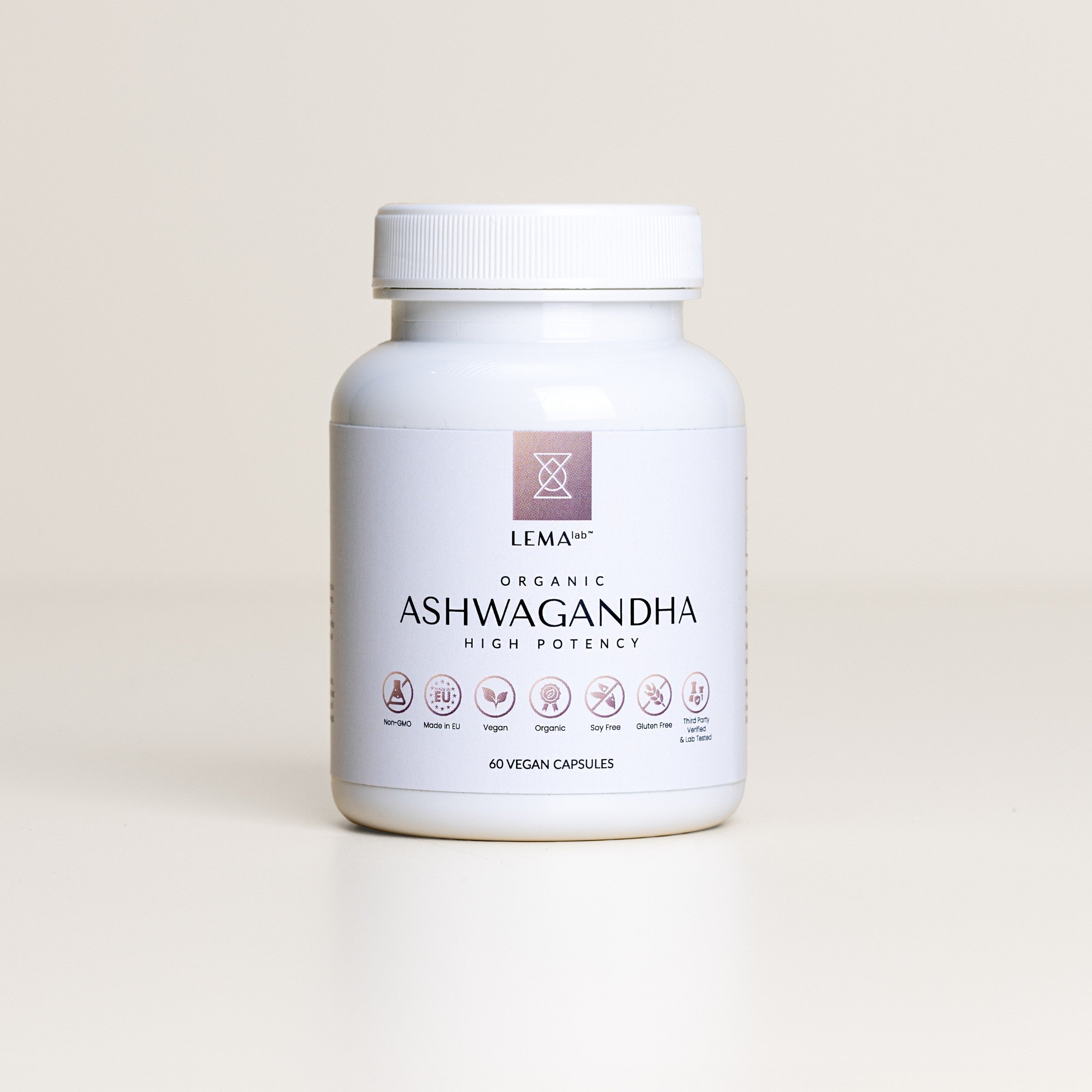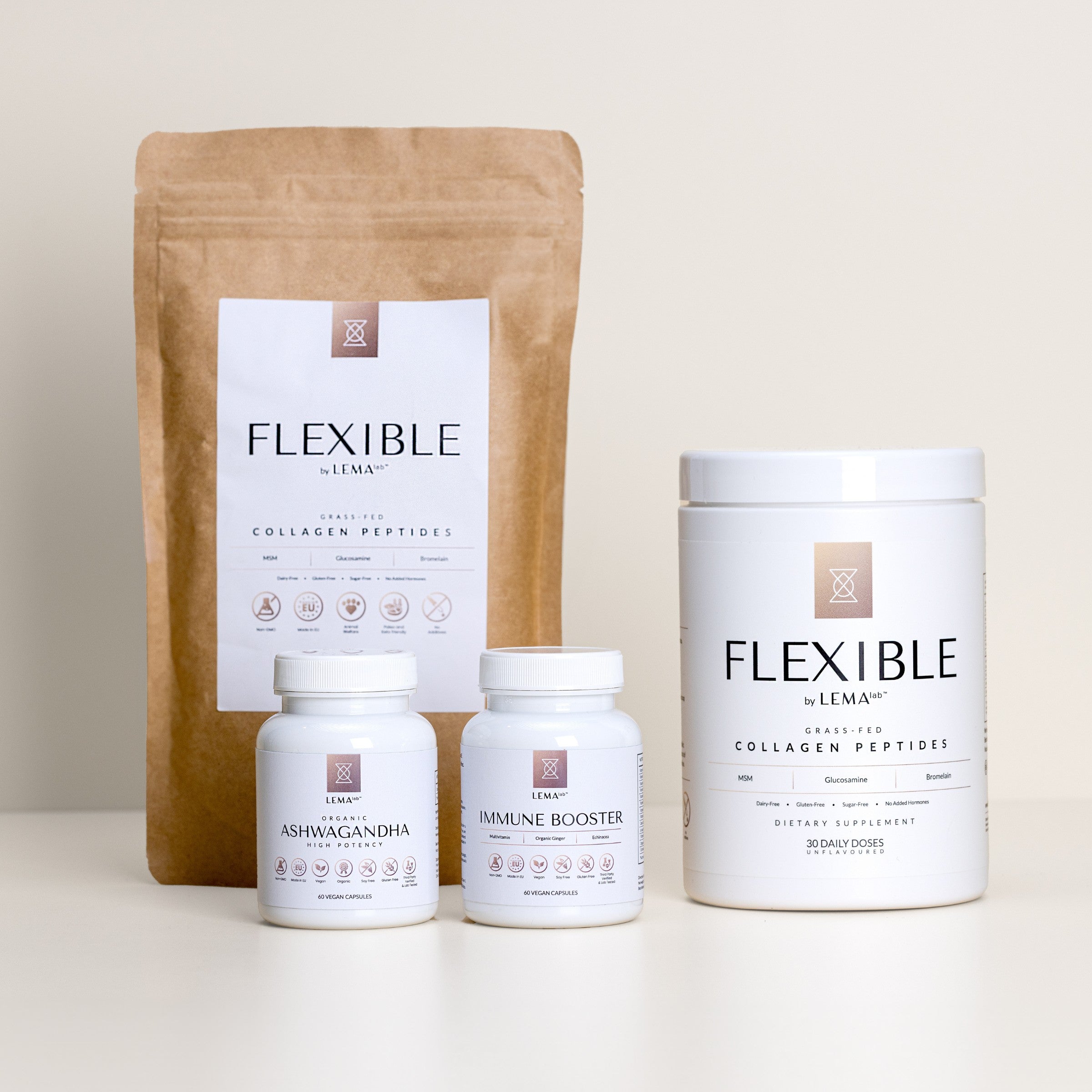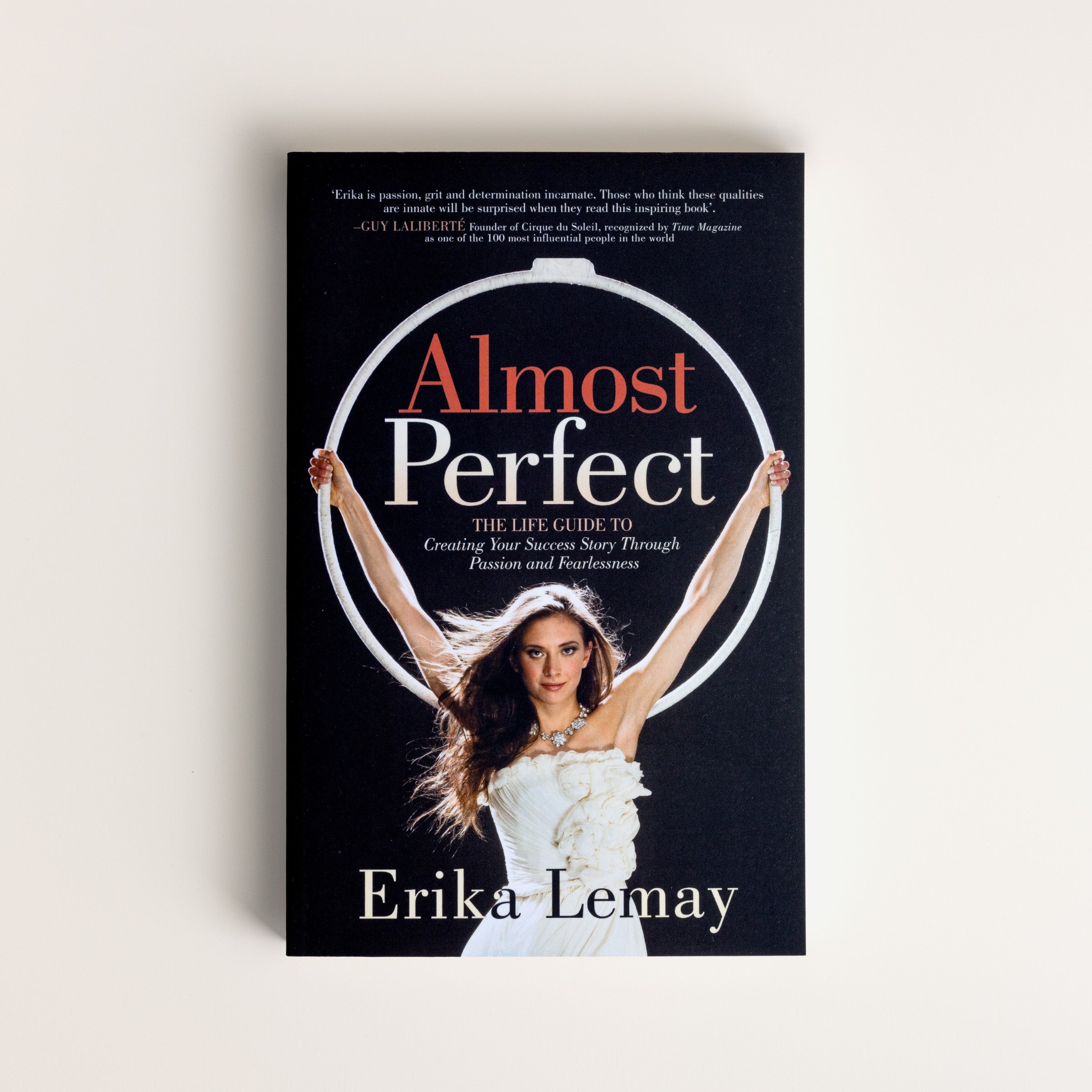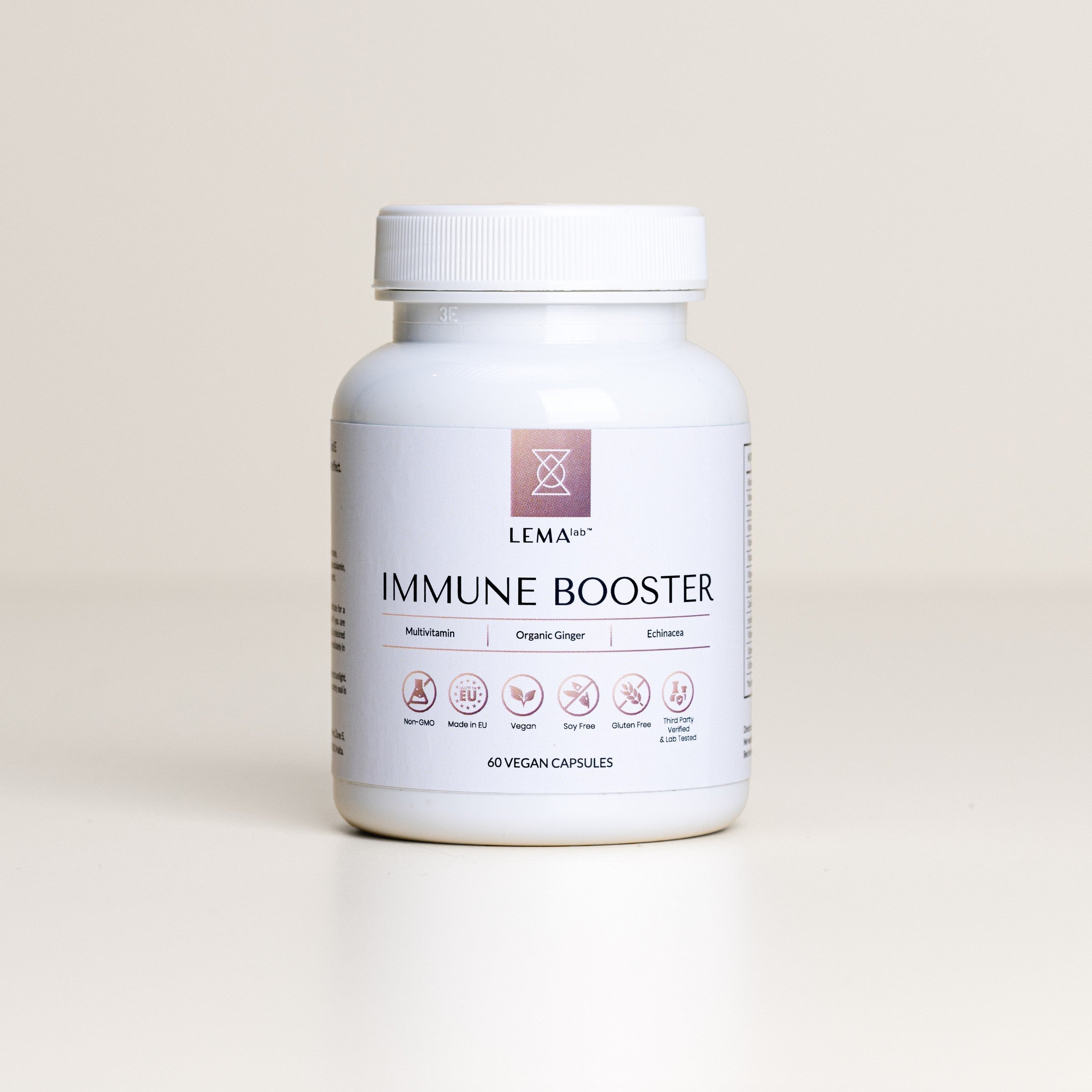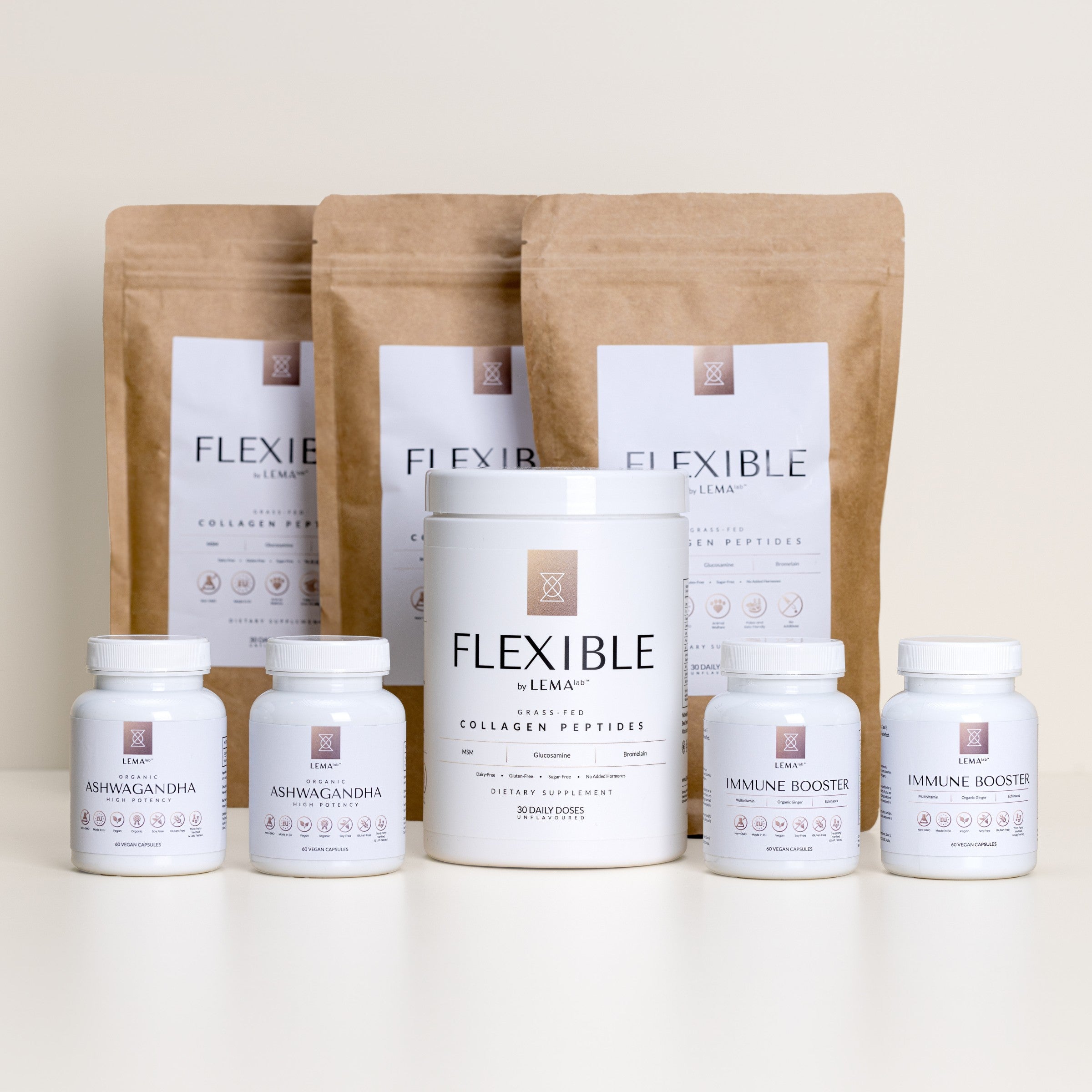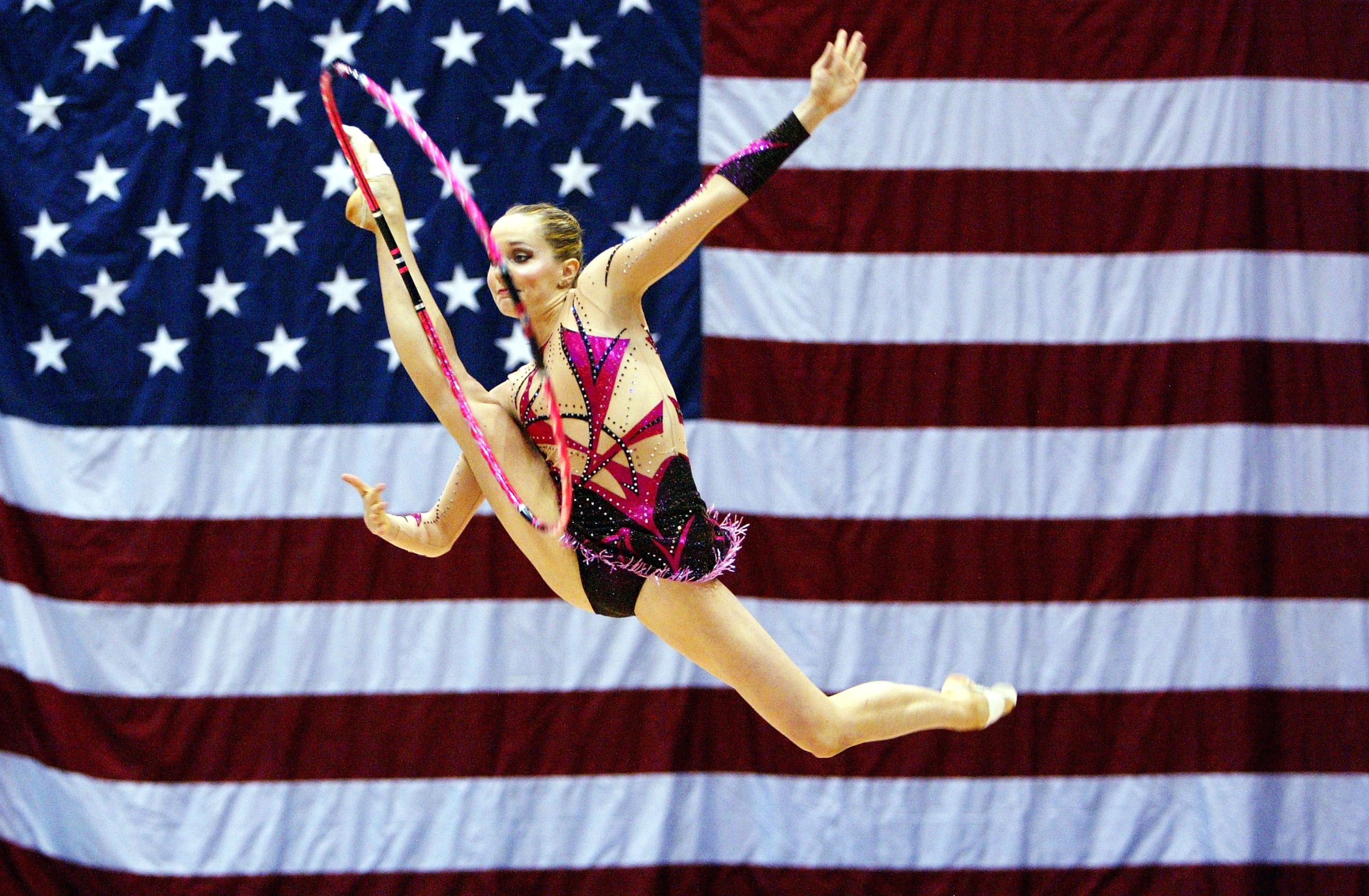
MARY SANDERS
‘I learned early on that not every decision that is good for you will make others happy, but if it’s the right decision for you, you must trust in it.’

Mary Sanders, a dual citizen of the U.S. and Canada, is a 2004 Olympian in rhythmic gymnastics. Transitioning from a decorated sports career to dazzling performances with Cirque du Soleil, she now excels as the VP of Entertainment and Global Partnerships for Robert Herjavec's company. Mary is also an author and public speaker, sharing her story of resilience and reinvention in her memoir 9 Lives by 35.
Could you define or introduce yourself in your own words?
Over the last three or four years, I've realised I need to constantly reinvent my life to keep it exciting and feel alive. I was a gymnast my entire life when I competed in the Athens Olympics in 2004. After that, I transitioned to Cirque du Soleil for ten years, which I thoroughly enjoyed. However, it was physically taxing, so I moved into the corporate entertainment world. Since then, I've written my memoir, 9 Lives by 35, and ventured into the world of singer-songwriting, which was a long-held fear of mine.
Now, having two kids during the pandemic made me question if becoming a mother was the pinnacle of my achievements. I realised I have many other dreams to pursue, so I’m working towards them slowly. I see the impact it has on my daughter, and it’s truly inspiring.
How did you deal with the loss and redefinition of self during each career transition?
There is a mourning period. Oprah mentioned listening to the little whispers in your mind, and with God's help, I've had those whispers throughout my life.
In Cirque du Soleil, I knew it was time to move on, despite loving the stage.
Transitioning to a desk job led to depression, as my identity was tied to performing. Reinventing myself, starting from scratch each time, has taken a lot of strength.
Writing 9 Lives by 35 during the pandemic was therapeutic. Many of us were home, depressed, and uncertain about the future. I had to revisit painful memories, but I'm glad because the book has received positive feedback and I hope it inspires others. Singing and songwriting has really inspired my daughter, so maybe that was its whole purpose as well.
As women, we have many chapters in life. I'm turning 39 and excited for my forties. Life has taught me to be stronger, to know what I want to say yes to, and to not be afraid to say no.

How do you introduce yourself now, considering you used to be known as a gymnast, then a Cirque performer, and various other roles?
It's like the hardest question in the world. I actually just avoid it when people ask, ‘What do you do for a living?’ I often say, ‘Oh, it's a long story,’ because you don't want to say just one thing when you're so many things.
What is the next thing you want to accomplish?
I've talked about this openly a few times—I want to be on Dancing with the Stars.
Especially now that I've released my own original music. Each song is like a theme song of my life, coming from different parts of my experiences. My debut single, 9 Lives by 35, speaks for itself, but other songs were written during hard times and each has its own meaning and purpose. It's fun; I've written so much music.
I'd love to be on Dancing with the Stars to bring together all my worlds—my performing world, and I'd love to dance with my mom because she loves the show and dreams of me being on it. It's a big goal of mine. I also auditioned for America's Got Talent.
I want to dive into the singer-songwriter world and I love writing. I'd be thrilled to see a prominent artist sing one of my songs.
Given the extreme dieting and physical demands of rhythmic gymnastics from a young age, what psychological and physical side effects do you think you have carried into adulthood?
Growing up, gymnastics was my life, with my father being both my coach and my idol. After he passed away when I was eight, I switched to rhythmic gymnastics at age ten. My body type was more suited to rhythmic gymnastics than artistic gymnastics, so I had to start over, learning everything from scratch. Rhythmic gymnasts typically begin with ballet, and I wasn’t naturally turned out, which made learning ballet a challenge. I had to master new apparatus techniques and catch up with ballet, which was tough, and I ended up coming in last place at first.
Navigating these transitions brought significant identity issues and feelings of abandonment. Switching from competing for Canada to the US involved many changes, and I had to balance puberty, high school, and striving for the Olympics while managing body image issues. At that time, coaches emphasised appearance, including weighing athletes twice a day, often after every meal, which was a common practice in the sport during that era.
Switching sports and dealing with these pressures taught me the importance of figuring out my body on my own terms. Despite the challenges, later on it became crucial for me to be healthy and at my best weight for my body type, and my mother, who was a nurse, supported me through this process.

Did you experience injuries related to inadequate nutritional support while training for the Olympics?
After the Olympics, I gained about 30 pounds ( ~13.61 kg) and went on tour with Cirque du Soleil. I struggled with a B12 deficiency because I wasn’t eating right, having been trained as a gymnast to eat as little as possible. I didn’t have the knowledge or support for proper nutrition, which led to injuries.
It wasn’t until my late 20s that I learned how to eat properly and maintain a healthy weight, thanks to seeing a naturopath and taking supplements. This late learning has become something I’ll always carry with me. I’m still my own harshest critic, but now I try to focus on working out for my mental health rather than just my appearance.
If I’m honest, even now, it can be a struggle for me. I’m trying to teach my daughter to appreciate her beauty as she is, make good choices, and develop healthy habits without feeling deprived.
How do you think the Eastern European gymnastics coaching style influenced your success?
Sport has definitely evolved. Back in my day, there was one way of doing things, and now there are many. I don’t think this implies a more relaxed approach or anything like that.
Watching the Olympics now, I’m just in awe. Prioritising mental health is making for better athletes today. It’s beautiful to see athletes achieving world records and Olympic records while smiling and having fun.
I needed structure and routine, and training in Bulgaria was lonely with no cell phones to stay connected with family and friends. Today’s athletes have different challenges, like social media, but they also have better support for their mental health. It’s great to see athletes focusing on what really matters and being okay after the Olympics.

Can you share your experience with injuries? Was it normal to train injured in gymnastics?
Injuries were a constant issue. In artistic gymnastics, I had a lot of plantar fasciitis, which made it impossible to tumble without pain. My ankles were weak, which didn’t help. Moving to rhythmic gymnastics, the flexibility that was an asset also led to overstretching and back pain because I wasn’t doing enough strength training.
The worst injury I had was turf toe, which I got right before the World Championships. It was incredibly painful and affected my ability to train and perform. I had to keep going with ice, cortisone shots and taping because missing those competitions wasn’t an option.
When I joined Cirque du Soleil, I kept twisting my ankles on the trampoline. I didn’t prepare well for the impact and didn’t get enough physio. I just kept taping my ankles through the tour. Later, I had a bad fall in 2016 that injured my neck, and not taking proper care of it has caused issues that still bother me today. Having the ‘I’m fine’ attitude and just taping up isn’t good for the long run.
How is your body today given that you are so lax?
My hips are okay, but my back and neck aren’t great. I still have turf toe, so I can’t wear high heels due to the lack of movement in my toe. I’m seeing a neck specialist because my neck issues are worsening with stress or new activities like bike riding. I’ve also had a lot of joint pain, which got worse after having kids.
I’ve been seeing a naturopath and taking supplements, which has helped with the inflammation. Changing to a more Mediterranean diet has made a difference. For exercise, I’m focusing on strength training. My extreme flexibility from rhythmic gymnastics meant I had very little muscle to support everything, so I’m working on building strength now.
How did the additional resources from the USA Gymnastics help you develop as an athlete compared to its Canadian counterpart?
I grew up training in Canada, born and raised in Toronto. After my father passed away, my single mother did everything she could to support me and my two older brothers, even though it was extremely challenging. We moved every year and I had to take multiple buses and subways to get to school and gymnastics, often not getting home until midnight. Despite this gruelling routine, I managed to become a two-time Canadian champion, thanks to my mother’s dedication.
However, we faced a breaking point when my mother had to file for bankruptcy. Fortunately, USA Gymnastics approached me after I won the Pacific Alliance Championships. With my dual citizenship and my father’s legacy—he was an American gymnast himself—it felt right to switch and represent the US. The move to the Lake Placid Olympic Training Center meant I was able to eat right, not commute half of my day, and sleep more. This support helped me perform at my best and avoid burnout. I have no regrets about this switch. USA Gymnastics provided so much for me, and I definitely wouldn’t be where I am today without making that big leap.

Through all that hardship you went through, is there one situation in which you surprised yourself positively by your reaction?
Switching countries was a very difficult decision. It wasn’t as common 20 years ago, so I received a lot of backlash and was labelled a traitor. It was depressing to see people I thought were close to me turn on me.
Early on, I learned that not every decision that is good for you will make others happy, but if it’s the right decision for you, you must trust in it. True friends will stand by you. This taught me not to please everyone, an important lesson in developing an elite mindset for achieving goals.
Pregnancy can be frightening for performers due to the expected changes their body will need to go through. How was your experience with it?
It was physically and emotionally very difficult. I can't say I was ever one of those women who couldn’t wait to be a mom. My body was my job, and I was scared of how pregnancy would change it. I even hid my first pregnancy because I was worried I’d get written off at work.
I gained a lot of weight with both pregnancies and felt so foreign in my own body. My recovery after my daughter was long and painful, and I got pregnant again when she was six months old, during COVID. It was emotionally draining.
Writing my book during my second pregnancy helped me a lot. Having a purpose and dedicating even an hour a day to something fulfilling is crucial for mental health. After my daughter, I felt lost, but focusing on my book after my son helped me regain my sense of self and my confidence.
Find Mary Sanders on her website and Instagram. Plus, her music is available on Spotify.
